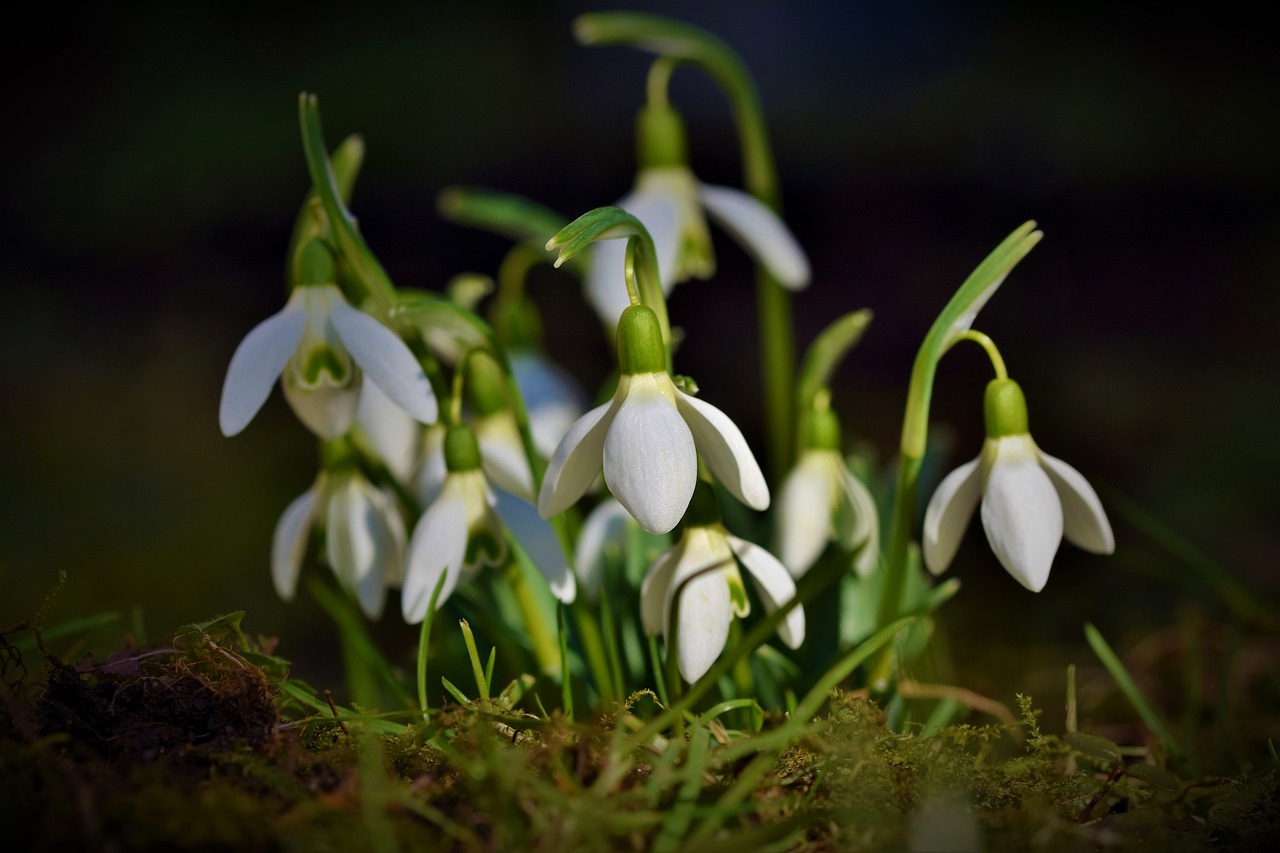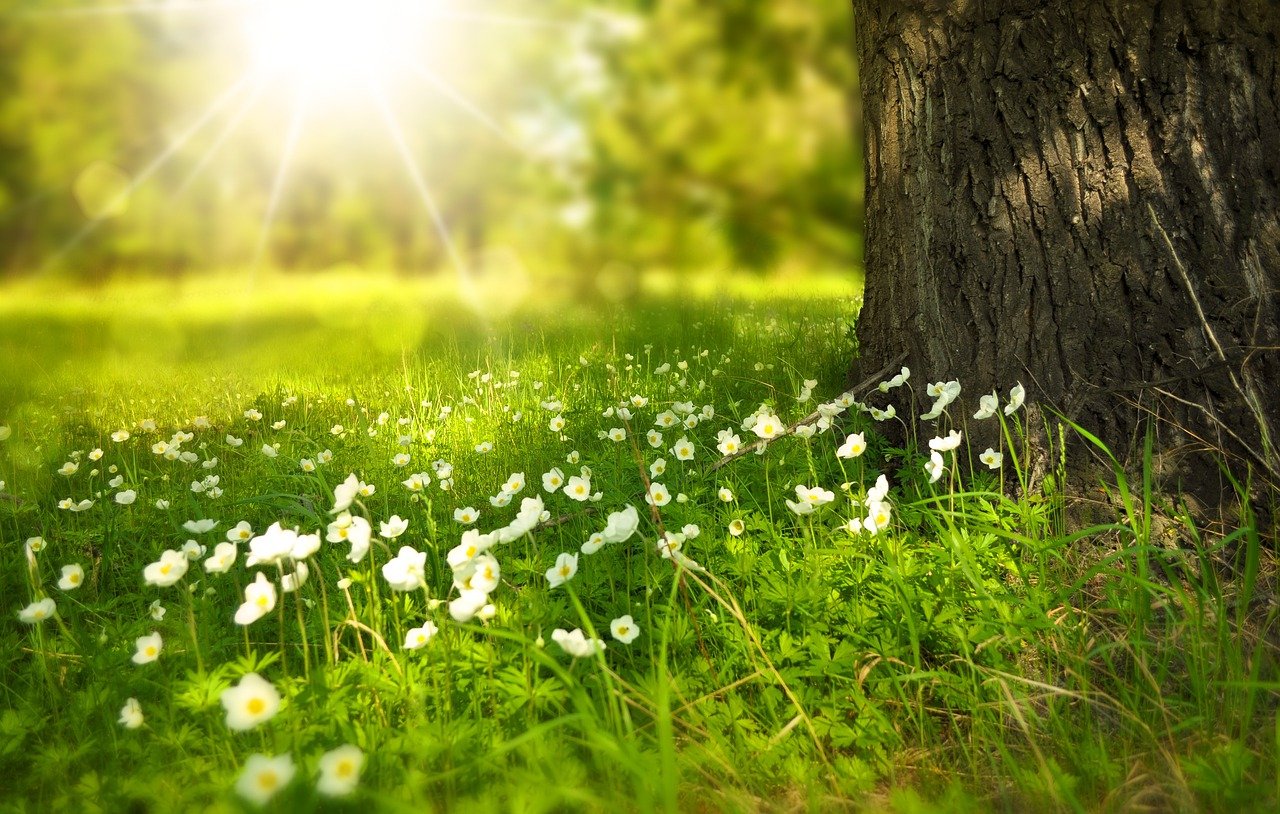Many things go into making a bee garden. According to the University of California at Berkeley, for the best in bee gardening one needs to have 10 or more species of plants and less manicured so that the bees can build nests without disturbance. There are other good tips for bee gardening too, including:
- There should not be pesticides used.
- The larger the patches of similar flowers, the better.
- Don’t hover in one spot in the garden long, bees can be shy.
- Plant flowers that will bloom in spring, summer, and fall for the longest bee season.
There are two very good native spring plants for a bee garden in the California poppy and the elegant clarkia. The California poppy is a good pollen plant for the bees, while the elegant clarkia is a nectar plant. Either will get your bee garden bustling with activity, and give your neighbors something new to talk about.
California Poppy

The California poppy, or Eschscholzia californica, brings bumble bees, halictids, and European honey bees to the garden. It has blue-green leaves growing on one to two foot stems. Flowers are open when the sun is out, closed otherwise. Single blooms are orange to yellow in color and there is an orange spot on the base of the petals. It is an annual that is drought tolerant.
This poppy prefers to grow in full sun with a dry well-drained soil. It does well in soils that do not have many nutrients. It is a good re-seeder and is easy to grow. Seeds should be sown into the soil 1/4 inch deep without need of pretreatment. They aren’t going to transplant well, so make sure you plant them where you want them. The plant can be poisonous, so you should not ingest it. Make sure to wash your hands after handling the plant, too.
Elegant Clarkia

The elegant clarkia, or Clarkia unguiculata, brings bumble bees, osmias, and European honey bees to the garden. It has red-tinted erect stems that grow 1 1/2 to 3 feet high. Flowers are clustered and can be rose, white, or purple. They grow around May or June. Leaves are few along with the slender plant. It is an annual.
This clarkia species likes to grow in partial shade with a dry soil. Seeds should be sown late summer or fall for mild winter areas or after the last frost on cold winter areas. Pretreatment of the seeds is not going to be needed. At one time, the indigenous Californians once ground the seeds to use for food.






